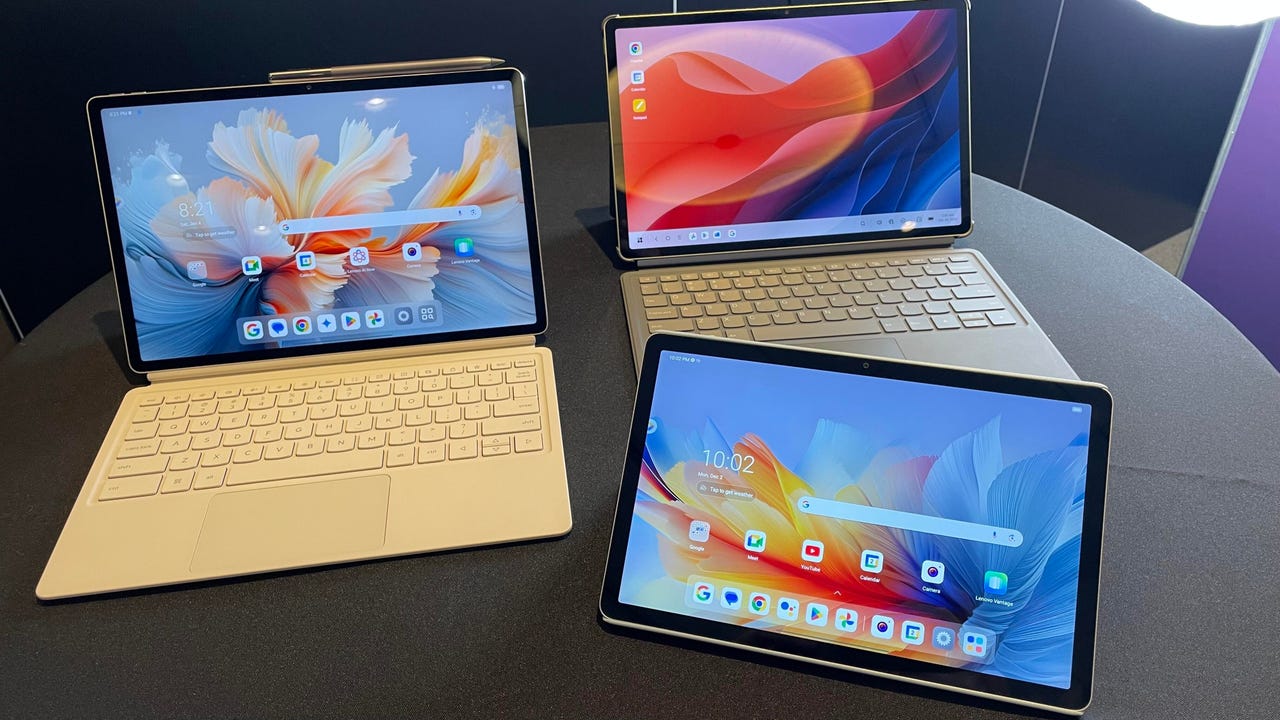Consumer electronics have seen a surge in demand for tablets, prompting a comprehensive evaluation of the leading devices on the market. A recent test conducted by ZDNET in their Kentucky lab examined the battery life of nine prominent tablets, revealing critical insights for potential buyers. This analysis is especially relevant for those considering a tablet for entertainment, drawing, or work-related tasks.
Testing Methodology and Results
In a controlled environment, ZDNET assessed the battery performance of various tablets, including the iPad Pro, Samsung Galaxy Tab S10 Ultra, and the Google Pixel Tablet. The testing involved diverse conditions, focusing on battery longevity under different brightness and audio settings. Each device underwent a total of 12 tests, with evaluations on maximum and minimum brightness as well as with the devices in Airplane Mode.
The tests were designed to measure battery drain during video playback, utilizing a standard video file downloaded to each tablet to eliminate the variability of streaming interruptions. The only application running during tests was VLC media player, chosen for its compatibility across operating systems and its ability to provide consistent control over settings.
Results indicated that the iPad Pro led the pack with an impressive battery life of over 16 hours, making it a strong candidate for users seeking extended usage without frequent recharging. The Samsung Galaxy Tab S10 Ultra followed with nearly 11.5 hours of battery life, while the Amazon Fire Max 11 recorded just over 8 hours.
Interestingly, the OnePlus Pad 3 excelled in the minimum brightness tests, showcasing an extraordinary 40 hours of battery life, earning it a ZDNET Editor’s Choice Award for its exceptional performance.
Comparative Analysis of Tablet Options
The comparative analysis highlights that while the iPad Pro demonstrates superior battery life, the base-model iPad and the iPad Air performed less favorably, yielding 5 hours 40 minutes and 5 hours 27 minutes respectively under maximum brightness. This discrepancy underscores the importance of considering battery performance based on individual usage needs.
When making a selection, potential buyers should evaluate what they intend to use the tablet for. The 11th-generation iPad is recommended as the best tablet for most users due to its affordability, maximum storage of 256GB, and lightweight design, making it ideal for work or streaming on the go.
In addition, ZDNET recognized the OnePlus Pad 3 as the best Android tablet for entertainment, while the Microsoft Surface Pro emerged as the top Windows tablet. For younger audiences, the Amazon Fire HD 8 Kids tablet was noted as the best option.
Ultimately, the decision between a tablet and a laptop hinges on specific user requirements. Tablets often excel for tasks like digital art or media consumption, while laptops remain the preferred choice for productivity-intensive applications such as spreadsheet management or complex design work.
As technology continues to evolve, these insights serve as a valuable resource for consumers navigating the tablet market. Understanding the differences in operating systems—such as the richer app ecosystem available on iPadOS compared to Android—can also inform purchasing decisions.
In conclusion, comprehensive testing and evaluation provide a clearer picture of the strengths and weaknesses of various tablets. Whether for casual use, professional tasks, or content creation, this research equips consumers with the knowledge necessary to make informed choices.
